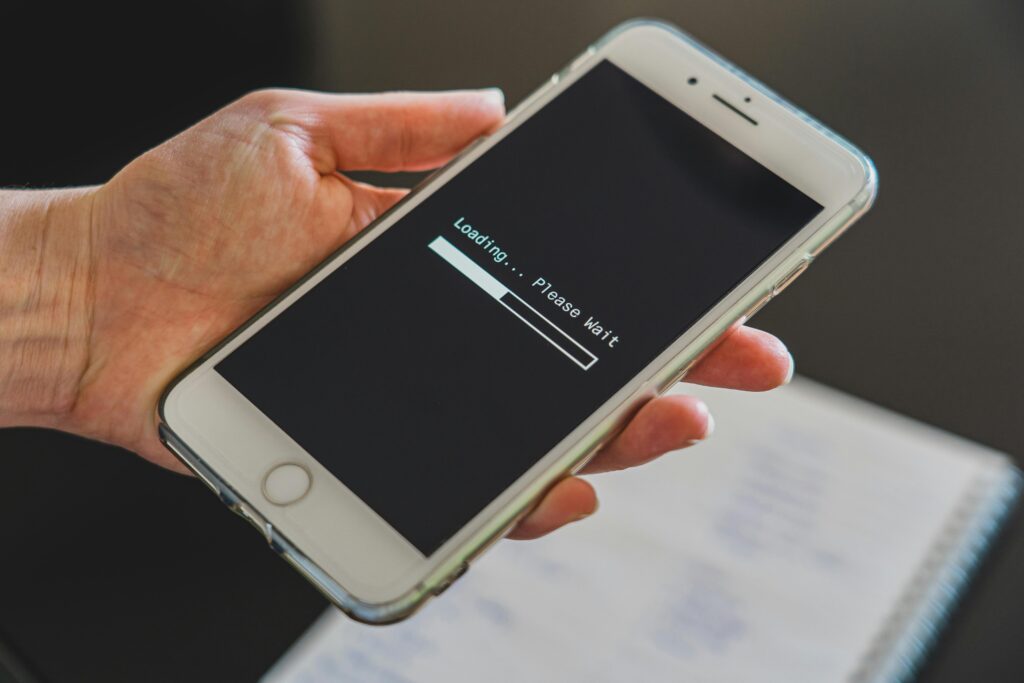
Understanding what is applications on iPhone Storage is essential for anyone aiming to optimize device performance and free up valuable space. This article, specifically tailored for SEO around those keywords, dives deep into what this category means, how to manage it, and best practices to maintain a smooth-running iPhone experience. Let’s explore everything you need to know.
What Does “Applications” Mean in iPhone Storage?
When you navigate to Settings → General → iPhone Storage, you’ll see a color‑coded breakdown showing how your storage is used—categories like Apps, Media, Photos, System Data, and Other. Under the “Apps” section, you’ll find two subcategories: “Applications” and “Documents & Data.”
Applications include:
- App Binary: The actual program files required to run the app.
- User Data: Preferences, saved settings, login information.
- Cached Files: Temporary files like pre-loaded images or assets.
- Support Files: Resources embedded in the app (e.g., language packs).
Together, these elements comprise the “Applications” storage you see in the iPhone Storage list.
Why Understanding Applications Storage Matters
- Device Performance
Excessive app storage can slow down your device, consume RAM, and lead to sluggish performance—especially on older iPhones. - Managing Limited Space
On devices with 64GB or 128GB, an accumulation of apps (and their data) can quickly lead to storage warnings and full‑device alerts.
Identifying storage hogging apps helps you decide which apps to offload or delete, without touching essential system files.
How to View Application Storage Usage
- Go to Settings → General → iPhone Storage.
- Wait for iCloud to analyze your device and load the color‑coded chart—red is Apps.
- Below, apps are listed sorted by storage usage.
- Tap the search icon to find a specific app quickly (introduced since iOS 14).
- Tap an app to see:
- App Size: The size of the binary and core files.
- Documents & Data: User-generated content like chats, downloads, media files.

Offloading vs Deleting Apps
To manage space wisely, iOS offers two primary strategies:
Offloading Apps
- Removes the app binary while retaining Documents & Data.
- Icon remains with a cloud overlay, allowing reinstallation without data loss.
- You can offload manually per app or enable automatic offloading in Settings → App Store → Offload Unused Apps.
Deleting Apps
- Removes both the app and all its data.
- Useful for apps you no longer need and don’t intend to reinstall.
How to Safely Manage Application Storage
- Analyze storage frequently
Review apps by size periodically. - Offload less-used apps
Great for games or tools used occasionally—saves space without losing data. - Delete truly unwanted apps
Remove apps you won’t use again; can always reinstall later. - Clear app cache within apps
For example, Telegram and other messaging apps allow clearing cache (Settings → Data & Storage). Otherwise, delete and reinstall the app. - Limit auto-downloading media
Within apps, disable auto-download of images/videos to reduce data buildup. - Use iCloud for media
Enable Optimize iPhone Storage for Photos to offload full-resolution images while keeping previews locally. - Clear Safari and browser cache
Go to Settings → Safari → Clear History and Website Data. - Delete large files manually
Use Files or App Library to remove downloaded documents, videos, and attachments.
Benefits of Managing Applications Storage
| Benefit | Description |
|---|---|
| Frees Physical Space | Reclaim storage without removing essential content or system files. |
| Boosts Performance | Less data means smoother performance and reduced lag. |
| Retain Personal Data | Offloading keeps accounts, settings, and preferences intact. |
| Automated Cleanup | Enable offloading and let iOS manage space without manual intervention. |

Frequently Asked Questions
1. What exactly counts as Applications storage?
All app-related files: the executable, resources, caches, and bundled user data.
2. What’s the difference between Applications and Documents & Data?
Applications = the app and core files; Documents & Data = your posts, messages, downloads.
3. How do I find big applications?
Sorted list in iPhone Storage shows largest ones first; search available.
4. Are offloaded apps safe to reinstall?
Yes—you’ll retain data and settings. Tapping the icon reinstalls the app instantly.
5. Can I recover deleted data?
Generally no—delete=permanent removal. Offload if you plan to come back.
Final Thoughts
Knowing what is applications on iPhone storage and how to manage it effectively provides real benefits:
- Reclaimed space for vital things like photos and system updates.
- Better performance, especially on older models.
- Convenience, using offloading to preserve data while freeing space.
Schedule time each month to review iPhone Storage, enable offload, and clean caches. You’ll enjoy a responsive, optimized iPhone with no storage headaches. If you found this guide helpful, please share it and leave your thoughts below!



